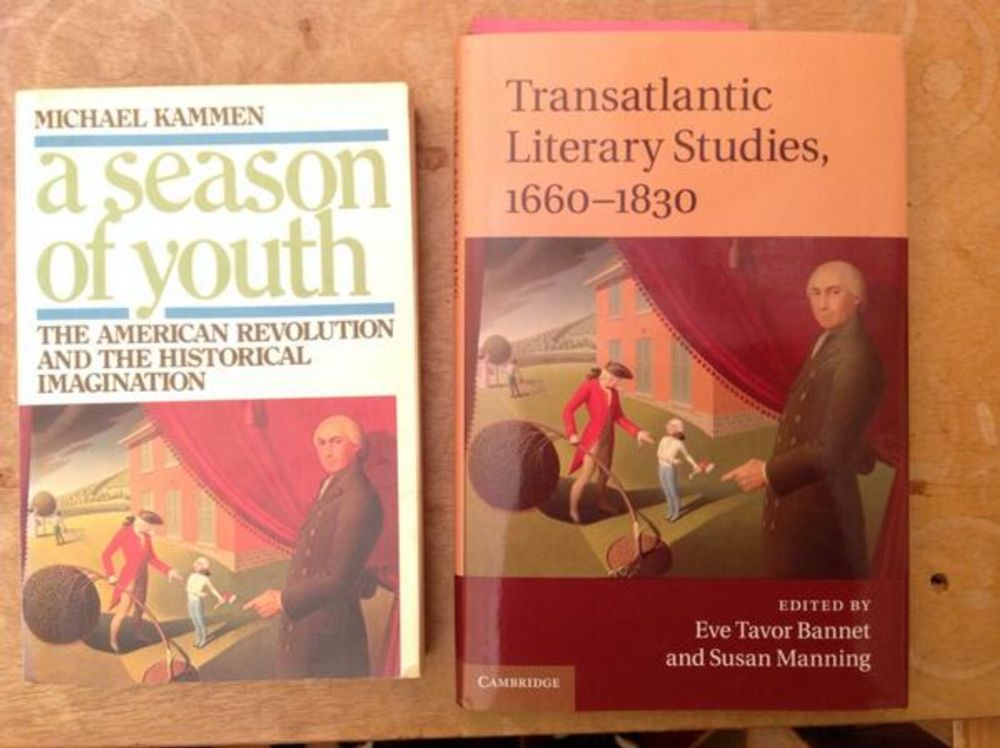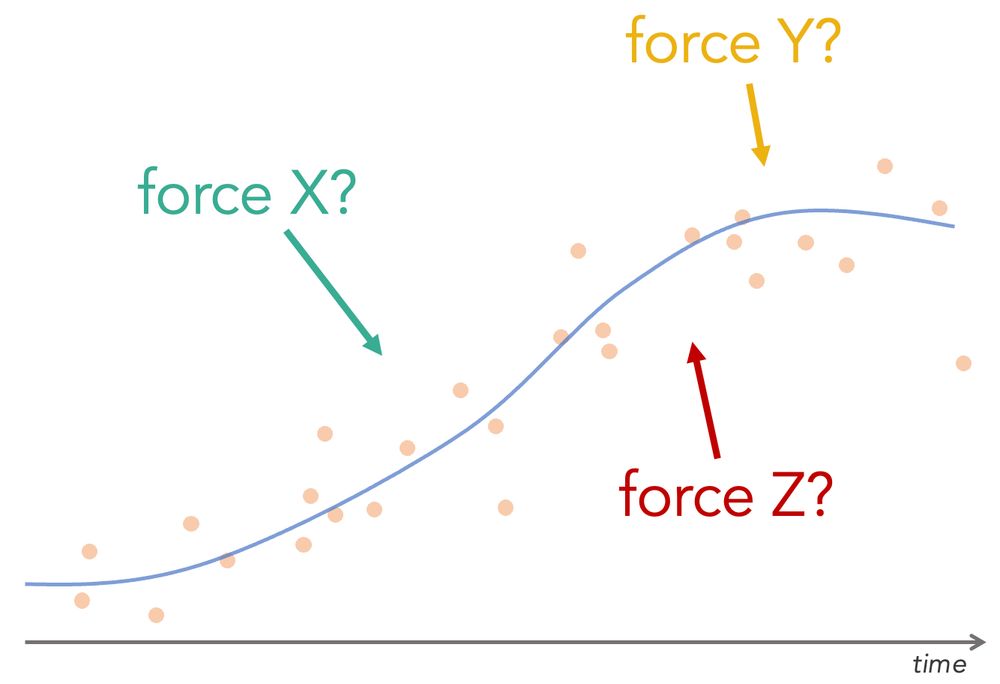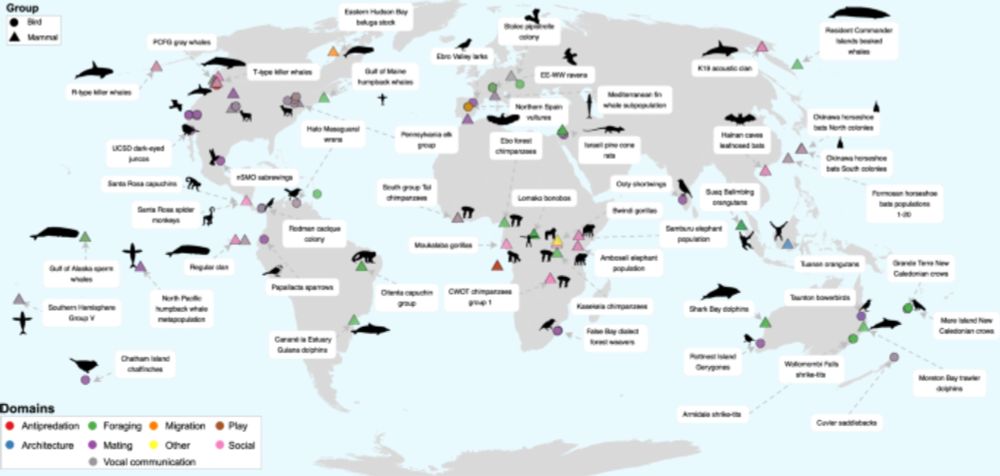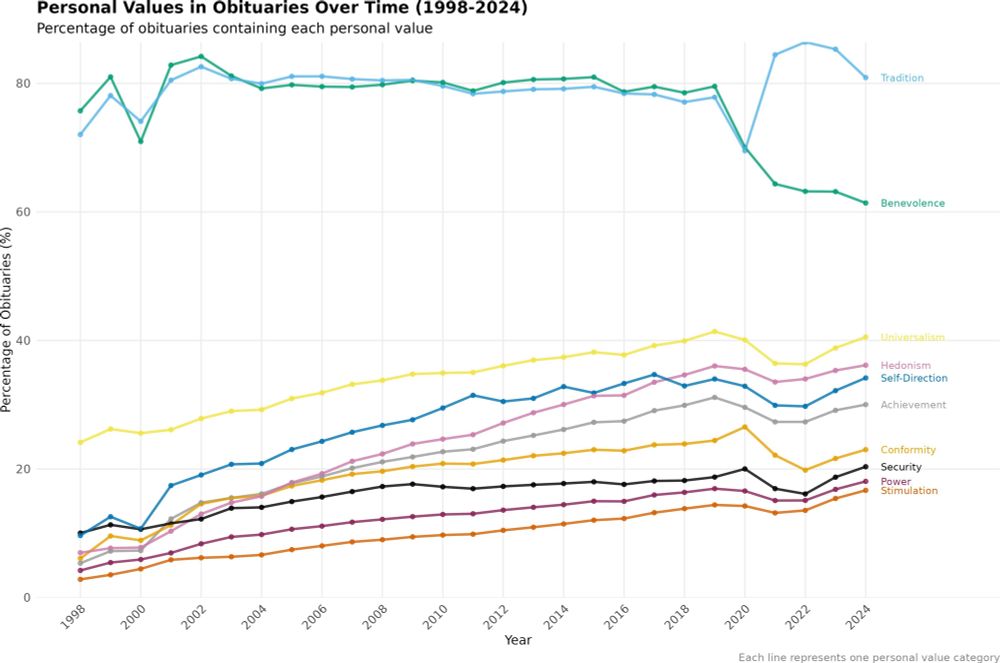Oleg Sobchuk 🇺🇦
@sobchuk.bsky.social
1.7K followers
860 following
540 posts
I use big data to research the cultural evolution of arts @ Max Planck Institute for Evolutionary Anthropology
More: https://www.sobch.uk/
Posts
Media
Videos
Starter Packs
Pinned
Reposted by Oleg Sobchuk 🇺🇦
Reposted by Oleg Sobchuk 🇺🇦
Reposted by Oleg Sobchuk 🇺🇦
Reposted by Oleg Sobchuk 🇺🇦
Reposted by Oleg Sobchuk 🇺🇦
Reposted by Oleg Sobchuk 🇺🇦
Oleg Sobchuk 🇺🇦
@sobchuk.bsky.social
· Sep 4
Oleg Sobchuk 🇺🇦
@sobchuk.bsky.social
· Sep 4
Reposted by Oleg Sobchuk 🇺🇦
Reposted by Oleg Sobchuk 🇺🇦
Oleg Sobchuk 🇺🇦
@sobchuk.bsky.social
· Aug 25
Oleg Sobchuk 🇺🇦
@sobchuk.bsky.social
· Aug 25
Reposted by Oleg Sobchuk 🇺🇦
Reposted by Oleg Sobchuk 🇺🇦
Leon Jackson
@drleonj.bsky.social
· Aug 5

Overused Academic Book Cover Art (with images, tweets) · DrLeonJ
In March 2014, I snagged a copy of *Transatlantic Literary Studies.* As soon as I had unwrapped it, I noted that it had the same cover art as Michael Kammen's *A Season of Youth.* It got me to wonderi...
web.archive.org























